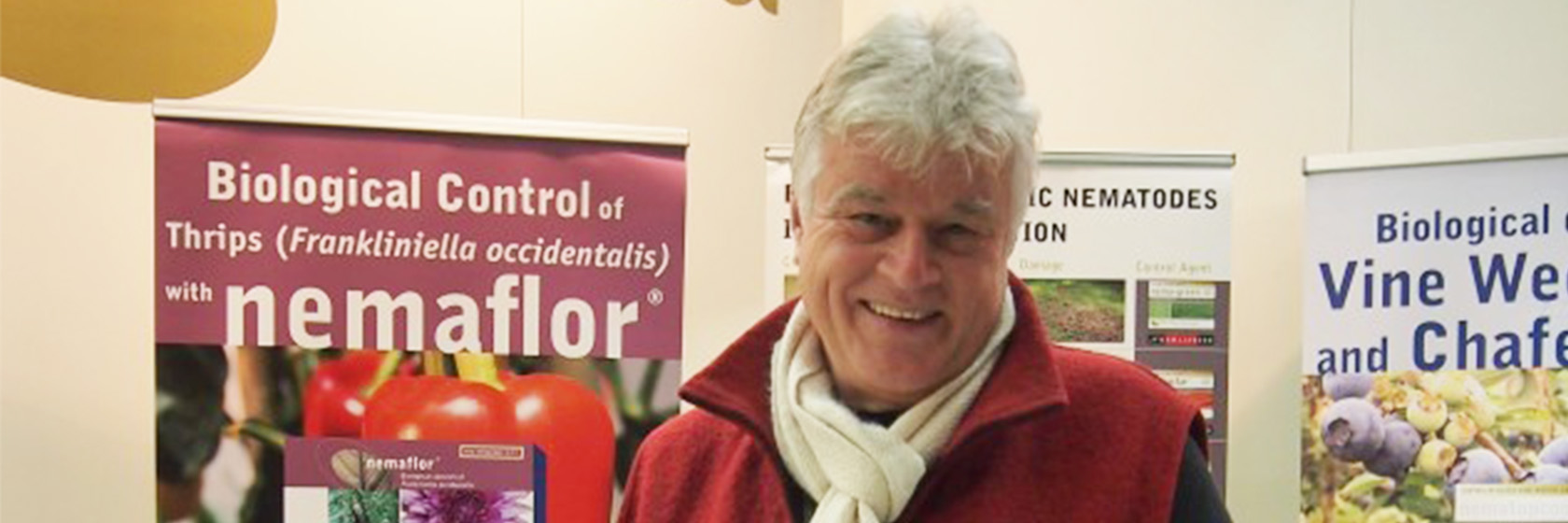e-news
Chemical plant protection crisis - Part 1

February 2023 - A commentary on the topic by Prof. Dr. Ralf-Udo Ehlers (e-nema GmbH) -
The EU Regulation on the Sustainable Use of Plant Protection Products (SUR) was proposed by the EU Commission in June 2022. It is part of the "Green Deal" and "Farm to Fork" strategy of the EU Commission, among other things with the aim of reducing the use of chemical pesticides by 50% by 2030.
The EEP Member of the European Parliament Dorfmann (South Tyrol) is in charge of organizing the resistance against this policy. The Council of Agriculture Ministers of several EU member states also recently blocked the adoption of the SUR.
In my opinion, this blockade of the SUR is a political game that will have no effect and will therefore be completely useless.
The reason: The crisis of chemical plant protection.
As a result, even without the SUR, we are likely to see a dramatic reduction in chemical pesticides by 2030. Why?
- The important innovations of the chemical plant protection industry were far in the past. Most of the products that are placed on the market today are old active ingredients in new mixtures, which are then given a new product name. This is hardly an innovation, but rather a new labelling of old compounds. Truly new innovations are becoming increasingly rare.
- When new active substances come to the market, their range of activity is rather limited.
In the past, almost every compound had a broad spectrum of action, but today its applications are limited. For example, the cyanthraniliprole seed dressing in oilseed rape with good effect against the small cabbage root fly, but hardly or not at all effective against rapeseed stem flea beetle. - Pests, diseases and weeds are increasingly developing resistance to the active substances. As a result, the use of many compounds causes more harm than good due to negative effects on the antagonistic potential in agro-ecosystems. Naturally occurring antagonists are killed instead of achieving an effect against the problem.
- One consequence of this is that higher concentrations of chemical agents are often used at shorter intervals, which can lead to problems with residues in food.
- One of the main reasons for the lack of plant protection products in the market is that industry is not re-registering old compound. Every 10 years, plant protection products must undergo an authorization review. However, the chemical industry prefers to withdraw the products from the market for various economic and toxicological reasons. They simply let the approvals expire, which is probably the major reason for fewer chemical products on the market.
- Today, the cost of developing a new active substance is around EUR 400 million. It is becoming increasingly difficult to pay back this investment with a reduced spectrum of activity.
- Does the EU ban certain active substances for environmental reasons? Hardly. Look at the list of substitution candidates (e.g., endocrine disruptors), of which hardly any active substance has been banned for decades.
For these reasons, agriculture has fewer and fewer suitable resources at its disposal.
Biological plant protection can close some of these control gaps. However, instead of facilitating market access for biological plant protection products, the EU Commission and Member States are continuing with their outdated authorization system, which is essentially based on the rules developed for chemical active substances and is over-regulating safe biological control agents.
The U.S. market has benefited from the Environmental Protection Agency (EPA) establishing a dedicated biological pesticide division nearly 30 years ago.
Recent regulatory reforms in Brazil have helped this country to become a pioneer in biological plant protection.
And Europe? Here, market access of environmentally friendly alternatives is made almost impossible. When will the EU Commission finally take radical steps to ease market access for biologicals?
Prof. Dr. Ralf-Udo Ehlers (e-nema GmbH)